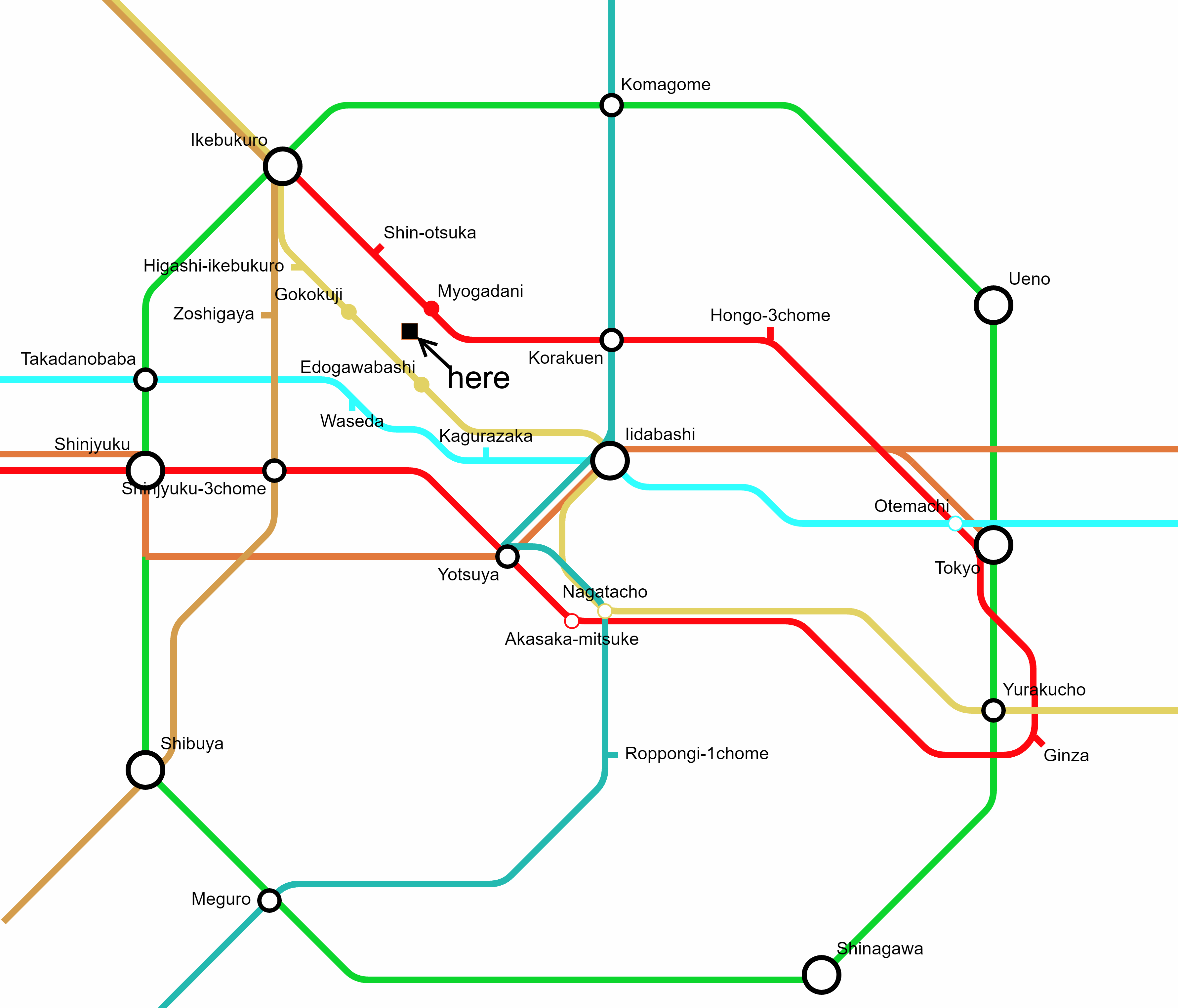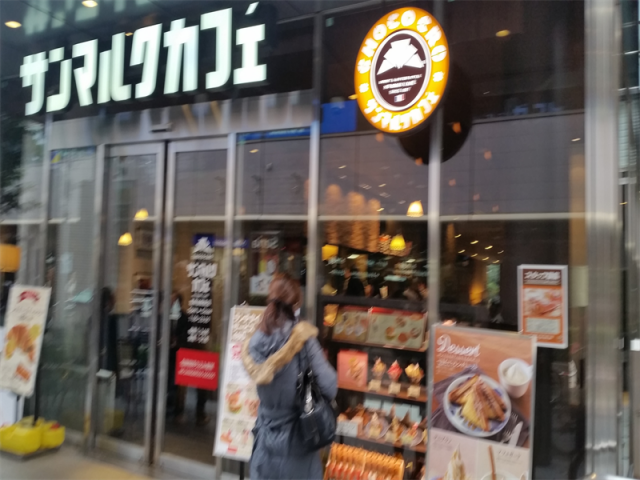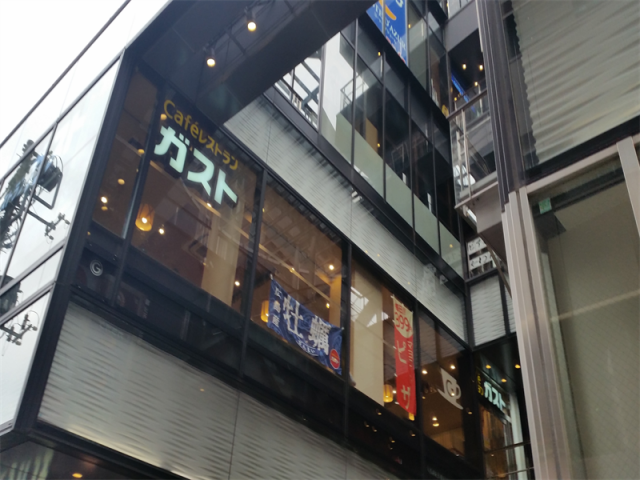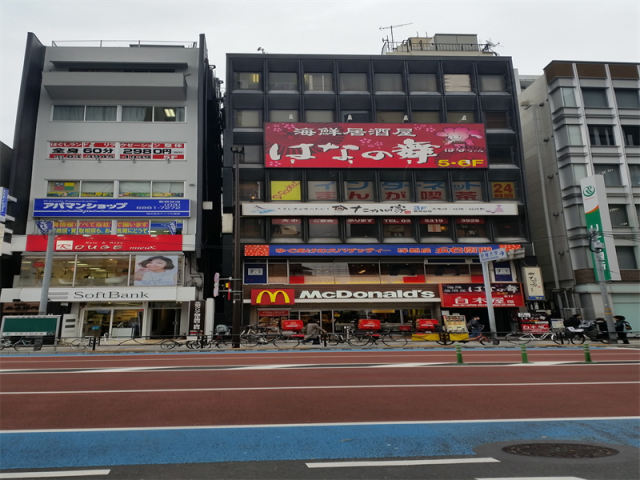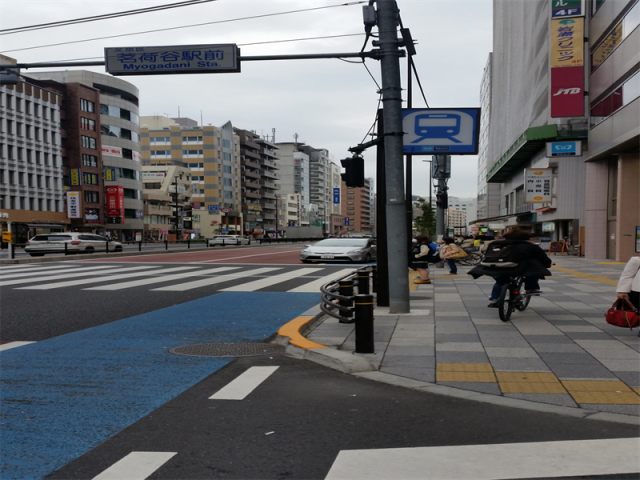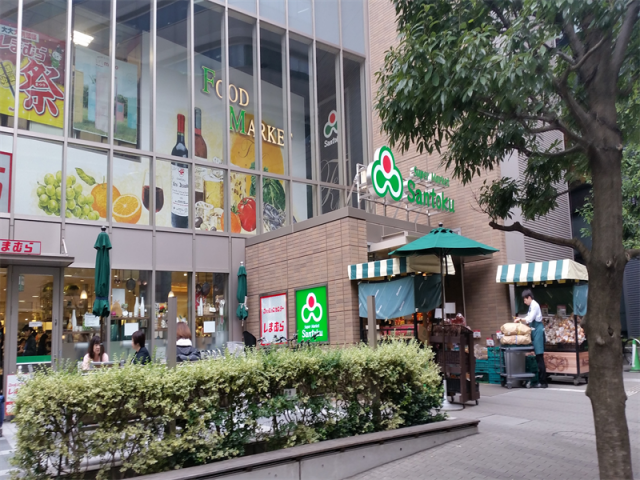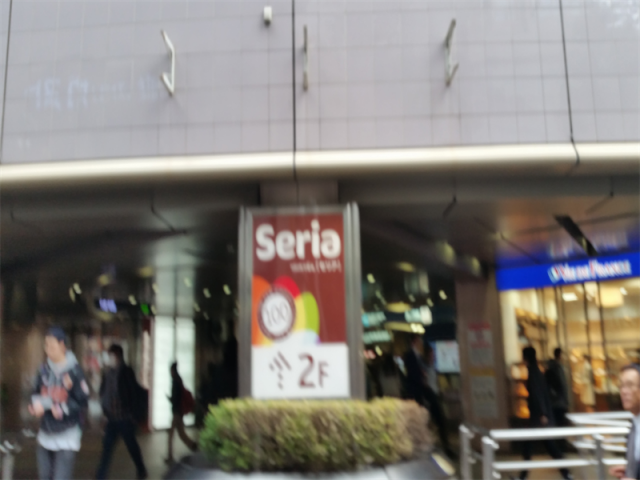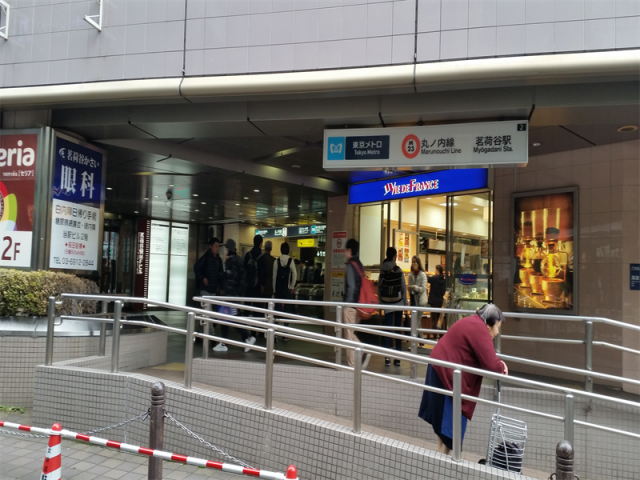Kohinata Flatshare - Access Info
The flat and the building info are here.
stations
The building is located around three Tokyo Metro stations, all walkable under 10 minutes.
* Tokyo Metro Marunouchi-line(red line)
* Myogadani-station (9-minute walk, flat)
* Tokyo Metro Yurakucho-line(gold line)
* Edogawabashi-station (7-minute walk, but steep)
* Gokokuji-station (8-minute walk, with stairs)
Among the three, Myogadani station is the only one that is relatively flat. The other two are quite steep or require stairs.
Myogadani Station photos
10 minutes walk from the flat
Someone’s video walk around Myogadani station.
Marunouchi-line
The red metro line is one of the most frequent metro line. with over 20 trains during commute hours (every 2-3 mins). As it is the second oldest metro after Ginza-line(orange), it connects to many main stations.
| station | minutes | explanations |
|---|---|---|
| Ikebukuro | 4 | The second busiest station after Shinjuku. Central hub of North-West Tokyo |
| Korakuen | 3 | Tokyo-dome stadium and its amusement center |
| Otemachi | 10 | business center of Tokyo |
| Tokyo | 11 | Shinkansen starts here heading West and North |
| Ginza | 14 | Tokyo most popular and affluent shopping district |
Yurakucho-line
The gold metro line runs from north-west to east of central Tokyo. The frequency is every 3-6 mins. From the flat, use Gokokuji for Ikebukuro-bound, Edogawabashi for Yurakucho-bound.
| station | minutes | explanations |
|---|---|---|
| Ikebukuro | 4 | The second busiest station after Shinjuku. Central hub of North-West Tokyo |
| Iidabashi | 3 | train junction where 5 lines connect |
| Nagatacho | 9 | National Diet Building |
| Yurakucho | 13 | shopping town near Ginza |
other stations with exchanges
With one exchange, you would reach most of popular places in central Tokyo.
| station | minutes | from | change at | explanations |
|---|---|---|---|---|
| Shinjuku | 13 | Myogadani | Ikebukuro | Northern central hub of Tokyo |
| Shibuya | 20 | Myogadani | Ikebukuro | Youthful and always busy |
| Roppongi | 30 | Myogadani | Ginza | Lots of nightlife, popular for foreigners |
| Akasaka | 22 | Myogadani | Kokkaigijidomae | embassies town |
| Akihabara | 13 | Myogadani | Ochanomizu | Infamous anime and electronic district |
Bus
Toei Bus
Tokyo Metropolitan Bus. 210 yen per ride (flat rate in central Tokyo).
Otowa-1chome bus stop
Step down the stair for 4 minutes, you may take 上58(ue58) bus.
| bus stop | minutes | explanations |
|---|---|---|
| Waseda | 6 | one of Tokyo’s most prestigious private university |
| Ueno Park | 36 | national park, museum and zoo |
Edogawabashi bus stop
Slope down for 6 minutes, you may take 白61(shiro61) bus.
| bus stop | minutes | explanations |
|---|---|---|
| Shinjyuku (JR station) | 25 | The largest station in Japan |
| Shinjyuku 2-chome | 22 | new and upcoming town center |
Community bus B-guru (Beagle)
Micro bus run by Bunkyo-ward. Every 20 minutes. 100 yen.
Near the flat, you may take at either #20 or #23 stop. #21 stop is near Edogawabashi station. #26 is Myogadani station. #1 after #32 is Korakuen/Kasuga staion and the Civic centre.
From Gokokuji-station, you may take at #16 to get down at #20.
It is a good inexpensive way when you do not feel like walking up the hill.
Walk and bicycle
| location | kilometers |
|---|---|
| Kagurazaka | 1.6 |
| Kasuga | 1.8 |
| Ohtsuka | 2.4 |
| Waseda | 2.7 |
| Sugamo | 3.0 |
| Ikebukuro | 3.0 |
| Shinjuku | 4.9 |
Schools
| location | kilometers |
|---|---|
| Takushoku Univ | 0.6 |
| Ochanomizu Univ | 0.7 |
| NihonJoshi Univ | 1.6 |
| Waseda Univ | 1.7 |
| Chuo Univ | 2.0 |
| Gakushuin Univ | 2.4 |
| Toyo Univ | 2.4 |
| Housei Univ | 3.1 |
| Tokyo Univ | 3.1 |
The area and neighborhood
Bunkyo-ku is known by its low crime rate. The lowest in all Tokyo 23 wards even though it is located in the heart of Tokyo. Overall, Tokyo is a very safe city with little to no crimes.
- Tokyo Crime Map - dark green means low crime counts.
- Tokyo’s Bunkyo Ward picked as most ‘Sensuous City’ in Japan
The neighbourhood of Kohinata is one of the most restrictive areas for city development. It is under Category I exclusive low building residential zone (第一種低層住居専用地域)
The area was part of Edo city during 1700 CE. Kohinata-dai(hill) is one of the three hills that face Tokyo bay, among Koishikawa-dai, Sekiguchi-dai. The hills and valleys makes a lot of steep slopes.
As the restriction shows, the area is thought as a decent residential area. Shops and factories can not be built. The height for development is also limited. Actually, our building was built before the limit, so the same height can not be rebuilt again.
Because of this restriction, the population density is rather low compared to other areas in Tokyo. Many of the neighbours have been living in Kohinata for decades, with some families residing for centuries, The elderly rate is quite high here and tend to be quite conservation. There have been disputes on new construction projects, even if it complies with current regulations.
The area is generally quite quiet and peaceful. Of course this may pressure you to also follow this lifestyle. As the landlord, I do wish that you get along with the neighbours, however I am liberal and will reject if you get unreasonable requests from others.
parks
There are some big parks in walkable distances.
other cultural points
Nezumi-zaka(nezumi = rats, saka = slope)
The steep slope (now with stairs), is named Nezumi-zaka. It connects to Gokokuji station. Meiji’s literary legend Ogai Mori wrote a short novel “Nezumi-zaka” set in this slope. photos by Bunkyo-ward office
Hatoyoama Hall
Our building is just 10 meters away from the back of Hatoyama Hall, originally an well-known political family’s house.
Gokokuji (temple)
Gokokuji station was named after Gokokuji Temple.
